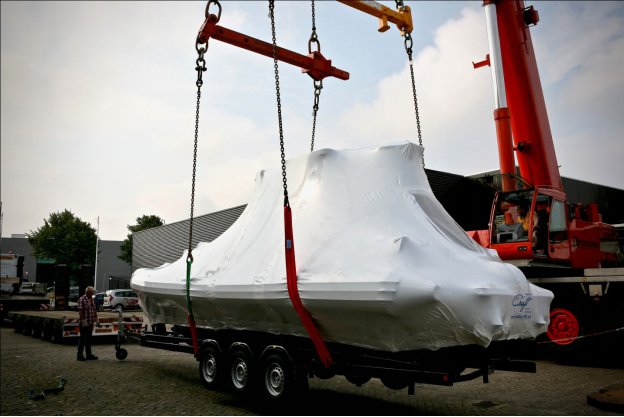Bulk or Break-Bulk? A Brief History of the Shipping Industry
Before modern containerization was developed for seamless international shipping, cargo shipping was complex and time-consuming.
After goods reached the port, they awaited the vessel at a warehouse. Once you moved the cargo onto the ship, it had to be organized according to the storage space in the hold.
Needless to say, the shipping industry needed an efficient method of transporting goods from one point to another.
Enter Containerization
The history of containerization started with the concept of using a container as a vessel to transport cargo. This idea was developed gradually during the 19th and 20th centuries. In 1956, an American transport entrepreneur called Malcolm Mclean introduced an intermodal shipping container.
International standards for modern container sizes were developed after a decade. The end goal was to reduce the overall expenses of international trade and boost the speed of delivery. This was one of the leading contributors to the concept of globalization. Cut to the 21st century, where 90% of non-bulk goods are shipped via ocean containers.
This might lead you to wonder, “What about the remaining 10% of dry, non-bulk goods?” The cargo that’s too large to be carried in a traditional container?
Break-Bulk Transportation
After container shipping, break-bulk is one of the most popular cargo transportation methods. Oversized freight is any cargo that can’t fit inside a 40’ ft reefer (carrying up to 35,000 kg). This includes too wide or long vehicles to be transported in a standard container service. A feasible option was introduced to tackle this challenge.

The term break-bulk indicated the process of breaking bulk into smaller portions of cargo. Break-bulk cargo is used to transport items that you can’t carry in a container because of their dimensions or weight. In the case of oversized machines, construction equipment, or vehicles, you can use this method to move them while remaining cost-effective.
Such items need to be loaded individually on an open-top container. A crane or flat-rack container loads the cargo from the top or even from the side.
Bulk Transportation
Bulk transport was another significant development in the shipping industry. The need to transport liquids, granular goods, and goods transported in loose mass like wood chips and grain were met by bulk transport. This is the main difference between break-bulk and bulk transport. Although smaller cargo can be palletized nowadays, it’s still considered bulk cargo.
Since break-bulk transportation involves additional steps as compared to standard ocean-container transport, it’s imperative to choose a reputable freight forwarding company to do the job.
Cargo Shipping International has over 25 years of experience as an international freight forwarding company based in Rotterdam, the Netherlands. Our break-bulk transport, container transport, project cargo, and RoRo shipping service ensure streamlined shipping and fast transit times.
Call +31 (0)85 4894740 to find out more.
 +31 (0)85 4894740 |
+31 (0)85 4894740 | 
